INFLATABLE SPORTS BOAT CONSTRUCTION
 INTRODUCTION:
INTRODUCTION:
There are many ways to fillet a fish, and there are many ways to build an inflatable sport boat. In this section, we will cover the basic construction techniques so you can make a more informed choice and feel confident about the quality of your boat purchase, and the safety of your passengers.
 GLUE AND WELDING
GLUE AND WELDING
The type of material used with an inflatable boat often determines the necessary construction method used. CSM (Hypalon) boats can only be assembled with glue and harsh adhesives, whereas PVC and TPU can be glued or heat welded. Inflatables are made up of specially cut fabric shapes, creating seams that join the tubes and other boat attachments to each other. The type of material the factory is using, their ability to invest in the latest technology, and other factors largely dictate how a boat is made.

Adhesives:
Glues or adhesives were the first method employed for assembling inflatable boats, and is still widely used in the industry. This method works well, it is the only method that can work for any material, and the only method available for CSM inflatables. For the glue to create a strong bond it must absorb into the fabric pores, one must first score the material, then apply the glue to both fabric surfaces. Only after firmly rolling the two pieces together does the glue properly set and bond the materials together. This extra manual labor is a factor that increases the overall cost for a CSM inflatable.
PVC and TPU seams can also be bonded together via glue as well, the type of adhesive used with these materials acts as a mechanical bond. When in liquid form, the adhesive works it way into the pores of the material; as the adhesive dries, it creates a strong bond.
"A major drawback of glued seams is their quality and strength depend on the quality of the adhesive, and the labor used to assemble it."
A major drawback of glued seams is their quality and strength depend on the quality of the adhesive, and the labor used to assemble it. Over time, when exposed to UV light and harsh elements, the glue strength will slowly degrade. It should be noted that adhesives will usually fail earlier than boat fabrics. Given enough time, this will result in the failure of seams and boat attachments, glue failure will usually occur before the hull material fails.
High Frequency Welding:
High Frequency or Radio Frequency welding has been around since the 1940’s, and was the foundation technology that lead to the development hot air welding. This type of weld utilizes an electromagnetic field to meld two fabrics together. It operates by clamping two fabrics between two flat metal electrodes that apply a high frequency voltage. This forces the molecules in the fabric to vibrate at high speeds creating intense heat, causing the fabrics to melt and bond as the two electrodes press together. Rather than heating the superficial part of the fabric, high frequency welding heats the fabric from the inside. All together, this process only takes a few seconds and acts similar to a microwave.
The set up for these machines takes much longer than other processes and are extremely limited in creating three dimensional products compared to more advanced hot air welding. High frequency machines are also limited in the lengths they can create at one time, they require multiple machines at varying sizes to create one product, significantly increasing manufacturing costs. Having multiple machines as well as an increased setup time, increases the cost of the product for the customer. On top of it all, these seams are weaker and less aesthetically pleasing than hot air welded seams. There is good reason this older process of welding is being replaced by hot air welding, a more efficient, durable and cost effective process.
Hot Air Welding:
The most recent advancement in inflatable construction is called hot air welding. This involves heating two sides of the material to high temperatures until it begins to melt. The two sides are then firmly rolled together by a machine, bonding the two separate PVC sheets to create a powerful and reliable seal. Due to CSM’s structure, it is impossible to use welding to bond the material together; this method is only applicable to PVC and TPU.
The heat welding process helps streamline the inflatable boat building process. This increases PVC boats UV resistant properties by eliminating adhesives; therefore reducing defects, and decreasing the cost to the consumer. Heat welding provides a very strong seam that surpasses the quality of glued seams. Seams made by hot air welding have the lowest overall defect rate of inflatable seams, creating a higher quality product at a lower cost. Newport Vessels boats are constructed using both heat welding and the highest quality, German made adhesives available, and we are proud to offer premium quality construction on our boats.
 SEAM CONSTRUCTION
SEAM CONSTRUCTION
While seam sealing techniques are limited to adhesive and welding, there are many different ways arrange the seams of an inflatable together. Some produce a strong seam construction and are aesthetically pleasing, while others are less durable, and unsightly. There are six primary methods that are used to construct boat seams: Heat-Welded Flange, Reinforced Lap Seam Flange, Heat-Welded Simple Lap, Reinforced Lap Seam, Double Reinforced Lap Seam, Double Reinforced Butt Seam.
Heat-Welded Flange and Heat-Welded Simple Lap are the two-seam constructions that utilize heat welding for bonding. This method is only used on PVC and TPU materials.

1 ) Heat-Welded Flange is primarily utilized by pool floats and cheap play boats. It is generally a cheap construction and fairly weak. The flange sticks out and is subject to wear from repeatedly catching on objects, this abuse can eventually lead to its failure.

2 ) Heat-Welded Simple Lap is the best heat welding method. A simple overlapping of fabric creates a very efficient and strong bond with the material. Without a flange, the lifespan of the seam increases substantially as it is subjected to less abuse.
Reinforced Lap Seam Flange, Reinforced Lap Seam, Double Reinforced Lap Seam and Double Reinforced Butt Seam are the other seam constructions that rely solely on glue for bonding. These seam methods can work for PVC, TPU, Vinyl and Hypalon/CSM. These methods of seam construction are more commonly used with Hypalon/CSM boats because heat welding does not work with the material.

3 ) Reinforced Lap Seam Flange is rarely used if at all anymore. This was a common seam construction for older boats, especially life rafts. This seam is easy to build and fairly strong, but because of the flange, it is vulnerable to wear and tear. This makes it a great fit for a single use application.

4 ) A Reinforced Lap Seam is another strong seam construction for Hypalon/CSM inflatables. It is often used with less expensive boats because installation can be done by hand, but it is prone to wicking and can cause quality control issues.

5 ) Double Reinforced Lap Seams are the strongest seams for Hypalon/CSM and they don’t suffer from wicking. However, these are expensive to build and reserved for top of the line inflatables.

6 ) Double Reinforced Butt Seams are the second best construction for Hypalon/CSM boats. They are almost as strong, just as expensive, but provide a smooth and aesthetically pleasing finished surface.
 MULTIPLE AIR CHAMBERS ( INTERNAL BAFFLES )
MULTIPLE AIR CHAMBERS ( INTERNAL BAFFLES )
When inflatables were first created, they were often crafted from a single tube. This caused major problems if the chamber punctured or burst, the entire inflatable could be lost and everyone on board put in danger. Creating an inflatable with multiple tubes and air chambers was very difficult at the time, fortunately designs and manufacturing techniques have improved tremendously since their invention, with marked improvements in performance, shape, and safety. Today, any high-quality inflatables will be made with multiple air chambers, in the event of a tube failure, the inflatable will still float and operate
"Today, any high-quality inflatables will be made with multiple air chambers, in the event of a tube failure, the inflatable will still float and operate"

Typically pool floats and play boats like Intex and Sevylor will be made with one tube, or a tube within a tube. This minimal safety construction is on reason for their low cost and low durability. If the one chamber fails, the entire boat will fail; luckily these inflatables aren’t being used far from land or safety.

Two chamber inflatables are mostly seen with “Soft Tails”, slat floors roll ups, although some RIBs use this design. The placement of the chambers can be bow-to-stern or side-by-side. If you have a motor on the back, side by side is preferable over bow-to-stern, but still not an ideal choice; if the stern tube were to fail, your motor could be lost. RIBs will commonly be constructed with side-by-side tubes to prevent this, though it should be noted that two chambered inflatables are not as safe as three chamber boats. For this reason, Newport Vessels uses a minimum of three chambers when designing and building our boats, we recommend considering three chambered inflatables for their increased seaworthiness and safety of your passengers.

Three chamber construction inflatables are the most common types of inflatable tenders and RIBs you find notice on the market. Placing chambers in both tail tubes and one in the bow ensures that your gas or electric outboard motor will stay above water, even if one chamber fails.

More chambers are used by some larger sport tenders and RIBs but are less common. Four chambers can be found on some boats over 12 feet in length. Boats that use more chambers will be more costly than other boats in their class, due to their complexity and size. While they might seem like good security to have, they are constructed this way out of material necessity, not safety. It is rare that you will ever have a chamber fail on you, and nearly unheard of to have multiple failures simultaneously; for this reason, three chamber inflatables offer a great compromise of safety and performance.
"If there is a leak in one tube, the difference in pressure will force the baffle to push from one tube into the damaged tube."
Each internal chamber is separated by a baffle that extends into another to help equalize the pressure. If there is a leak in one tube, the difference in pressure will force the baffle to push from one tube into the damaged tube. Therefore, when one tube punctures, the pressure will drop from 3.6psi in each tube, and equalize at 1.8psi in each. This will help equalize the pressure in the damaged tube as it loses air. It will also provide additional buoyancy in the tubes that have not sustained damage as the baffle pushes into the damaged tube and increases in size. Most if not all boats that have multiple chambers will have internal baffles for safety concerns.
 TRANSOM TYPES
TRANSOM TYPES

A transom mount is an invaluable feature on an inflatable boat. The type of transom on an inflatable will determine the type of hardware and power one can mount on an inflatable. When it comes to transoms, there are two types: soft and hard transoms. They differ greatly and can determine the extent to which you can use your inflatable.
An inflatable with a soft transom is fundamentally designed to be rowed. The soft transom term was coined after users were tired of using oars as their primary power source, so manufacturers created an accessory add-on transom. These mounts are not built into the boat structure itself, making them inadequate to hold anything over 30lbs; limiting their use to electric trolling motors. These are commonly made out of plastic and aluminum, allowing them to be fairly light, yet strong enough to hold a trolling motor. Soft transoms are generally for toy boats and are never seen on “zodiac boats”.
Hard transoms will be seen on inflatable boats and RIBs alike, it’s what gives them their recognizable zodiac boat design. Hard transoms placed on larger boats are designed to carry more weight, add versatility and offer greater performance. To meet these demands, they are significantly stronger, made out of materials like marine plywood, aluminum or reinforced fiberglass. This allows the transom to handle the weight and force of larger engines with more power, they are preferable to allow a wider array of power options. Hard transoms are perfect for anyone that would like options to customize their inflatable to their taste and needs.


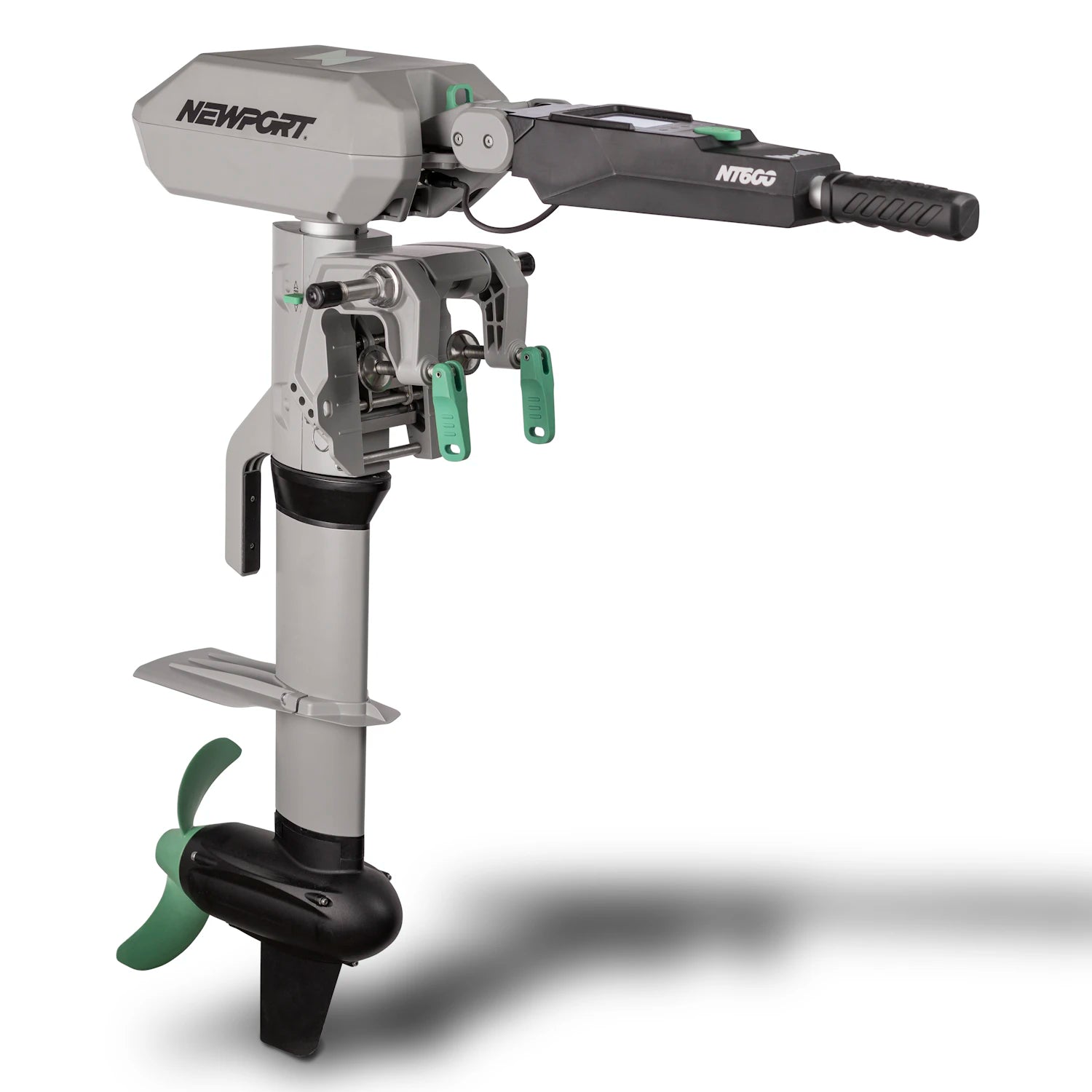
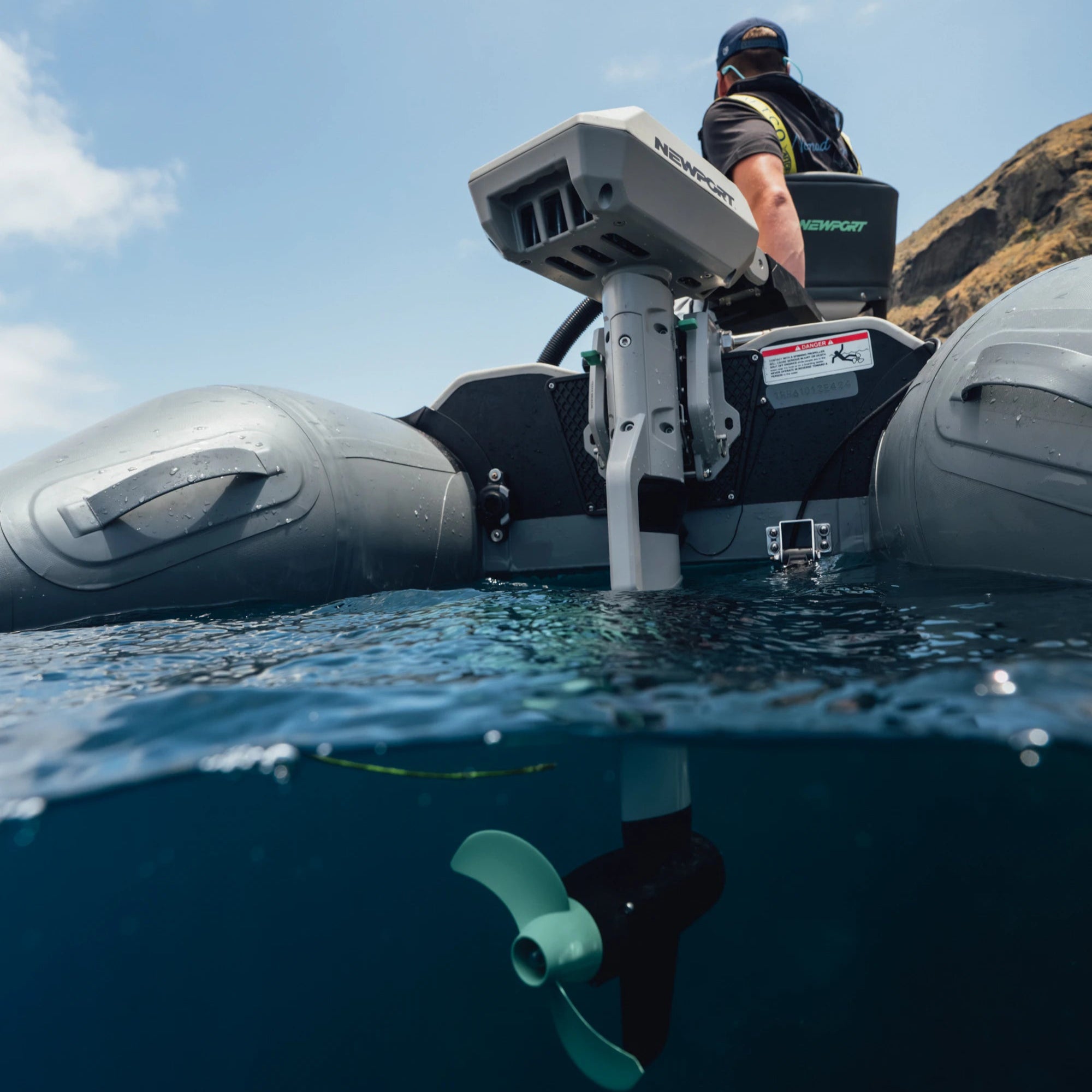
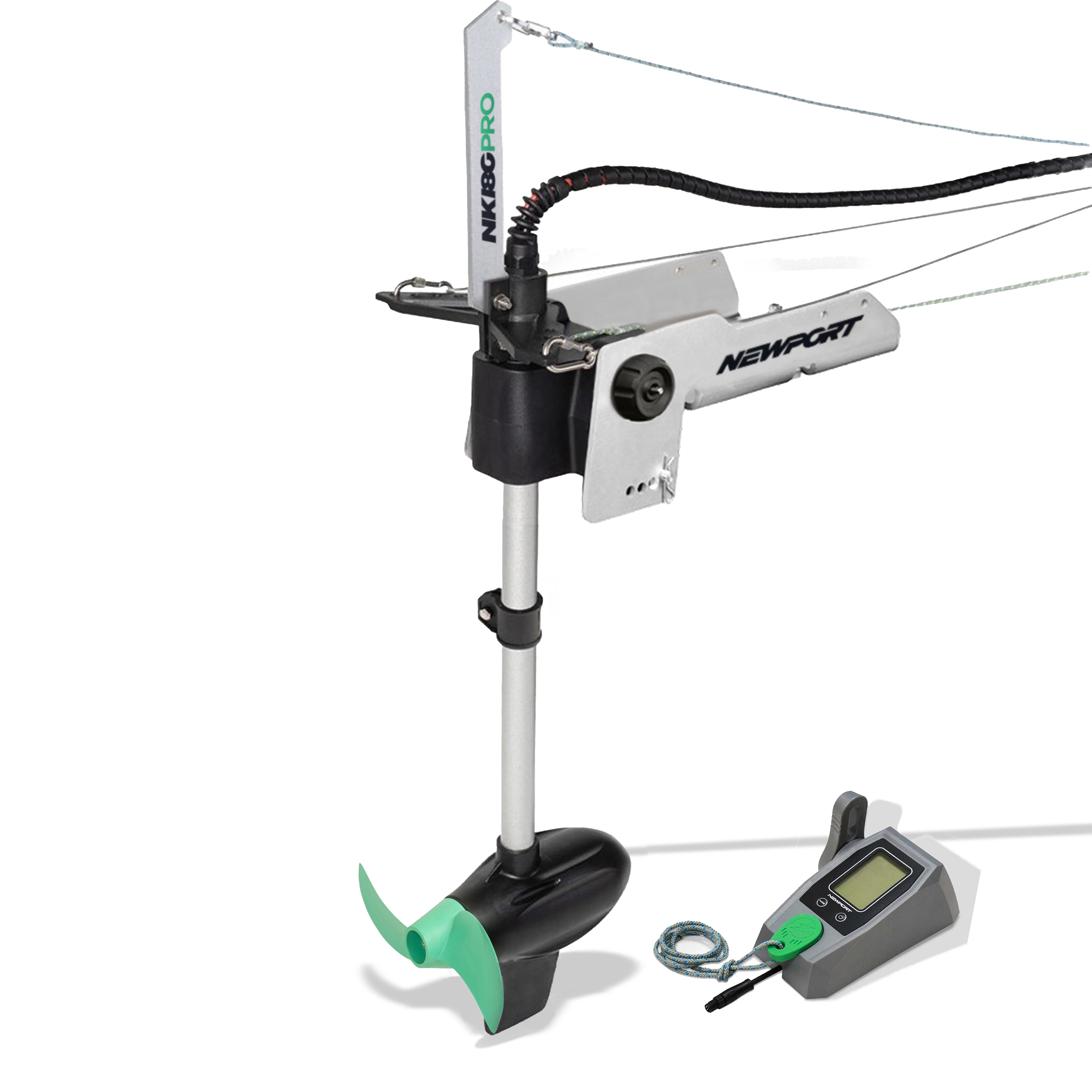
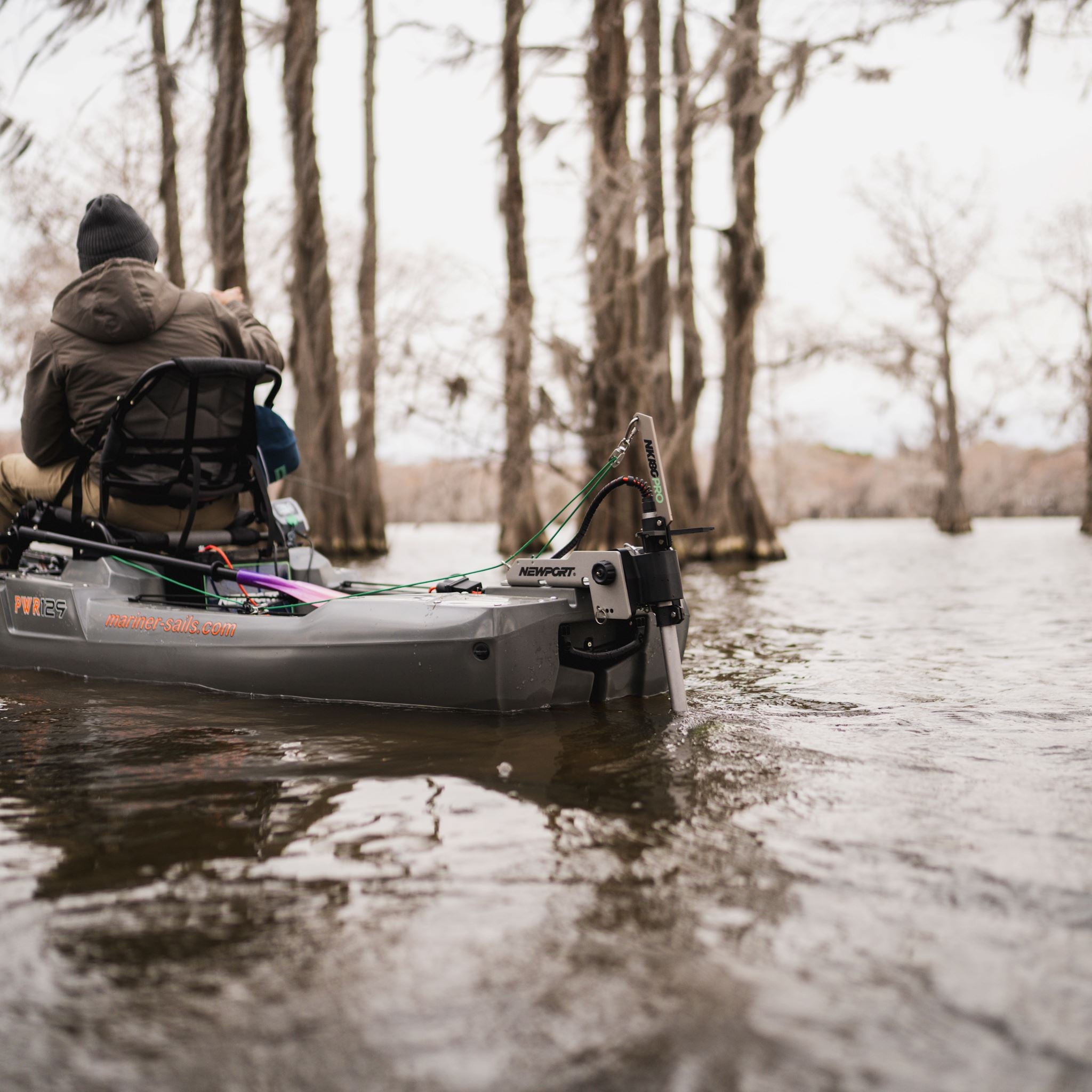
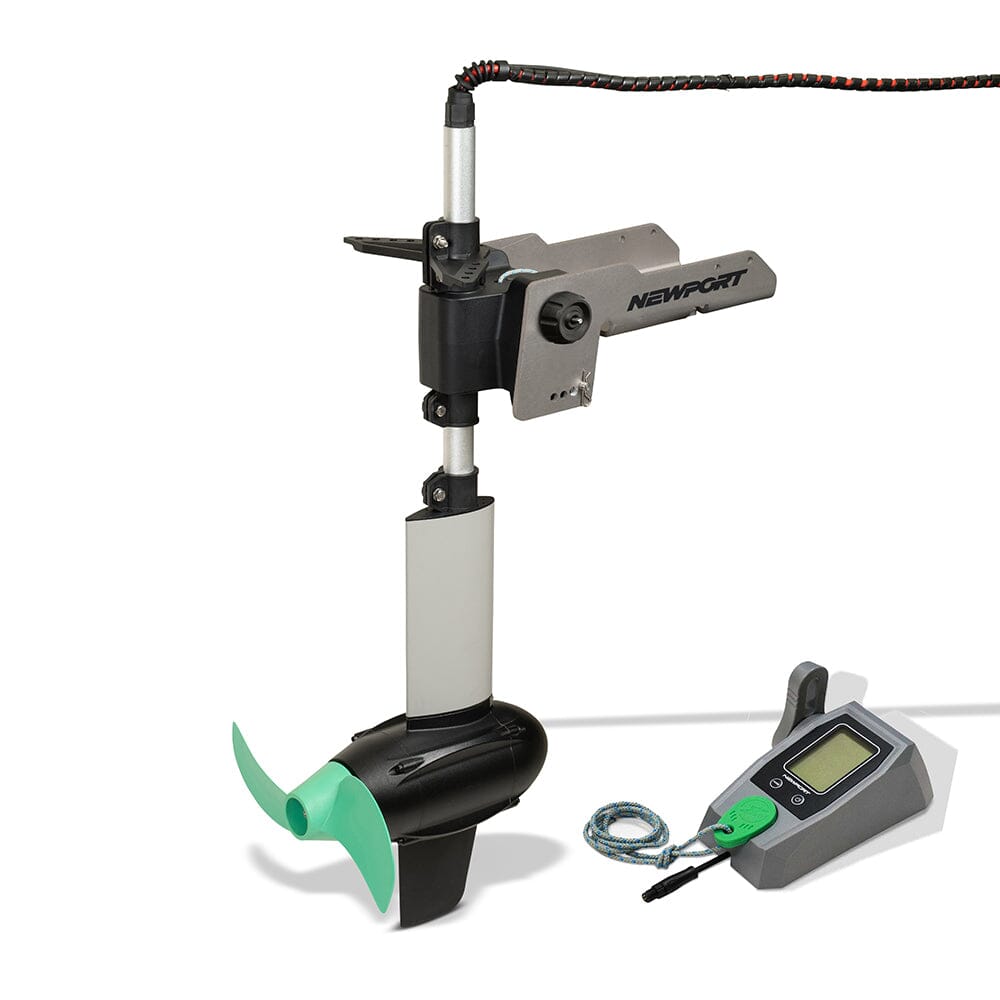






 INFLATABLE SPORTS BOAT CONSTRUCTION
INFLATABLE SPORTS BOAT CONSTRUCTION

